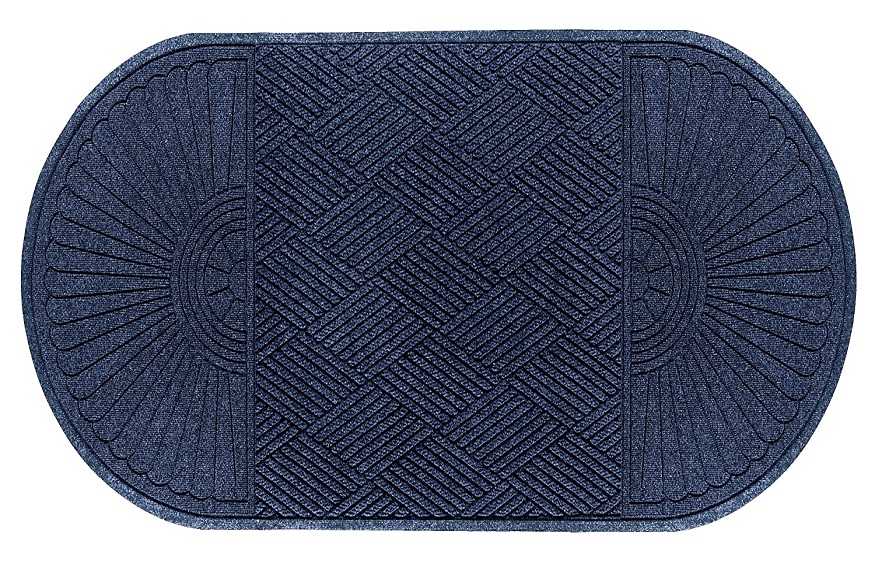What is so important about the material used for entrance matt?
The right entry mat can make all the difference in terms of performance, durability, and cost-effectiveness. The materials used to make entrance mats is what accounts for a lot of their performance. It can help you choose the right entrance mat for example WaterHog Grand Classic mats for your job by understanding the characteristics of different door mat materials.
What properties does a door mat material have?
Certain doormat materials retain moisture better than others, and some have an inherent quick drying property. Other materials, however, are more durable because of their composition.
How are doormats made?
Each mat’s performance can be affected by a variety of manufacturing methods. There are three main methods of making door mats: tufting, weaving or needle punch. Some entrance mats are made of a mixture of materials in order to provide multi-action performance. Many entrance mats have strips made from different materials. Some strips can be brushed, others will scrape and some will wipe away moisture.
What are some common surfaces for dust mats
Nylon, polypropylene and cotton are the most popular materials for entrance mats and door mats.
Nylon
Nylon, a synthetic fiber, is highly valued and considered the “creme de la crème” of entrance matting materials. This material is difficult to impregnate and therefore is more resistant to staining and fade, making it easier for you to keep your carpet in a ‘new’ condition. It is highly popular in commercial areas like shopping centres entrances and public transport, where there is a lot of footfall.
Polypropylene
Polypropylene entrance mats are durable and can be used in ‘zoned areas’ or as dirt-barrier runners at reception areas to provide maximum floor protection.
Entrance matting made from a thermoplastic plastic polymer and Polypropylene fibers provide an efficient scraping action because of their abrasive texture. This makes it a great performer for scraping dry dirt.
Cotton
Cotton is another natural fibre that can be used indoors as a doormat. It absorbs moisture much like a towel and is well-known for its quick drying and absorbency. It’s ideal for moist, oily, and grease-carrying moisture, but it is not suitable for dust or dirt. The pile of cotton can flatten, but it can be washed to restore its original form. Many cotton doormats can be washed in a domestic washer at 40oC. This makes cleaning easy. Although it is suitable for domestic light duty, cotton doormats are not able to withstand the harshness of commercial use.
Natural Rubber / Nitrile Rubber door mats
Rubber can come from either the Rubber Tree as ‘Natural Rubber (NBR),’ or synthetic rubber like ‘Nitrile Rubber(NBR),’ which has a greater heat resistance and longer life span in oily or greasy environments. Rubber door mats with open holes are dirt-scrapers that allow debris to pass through.
Popular backing materials:
Nitrile Rubber (Synthetic Rubber)
Because it can withstand laundering, nitrile backing is very common in the rental industry. Nitrile backing is more resistant to oils and chemicals than natural rubber, and has a better resistance to heat (flammability). Overall, Nitrile-backed matting should last longer. Smooth floors tend to hold Nitrile rubber backing better.
PVC
Vinyl chloride plastic (sometimes called ‘Vinyl’) is the cheaper option. However, it’s important to pay attention to where the matting is located as it’s not recommended for cold environments. PVC can crack if exposed to extreme climatic conditions.

